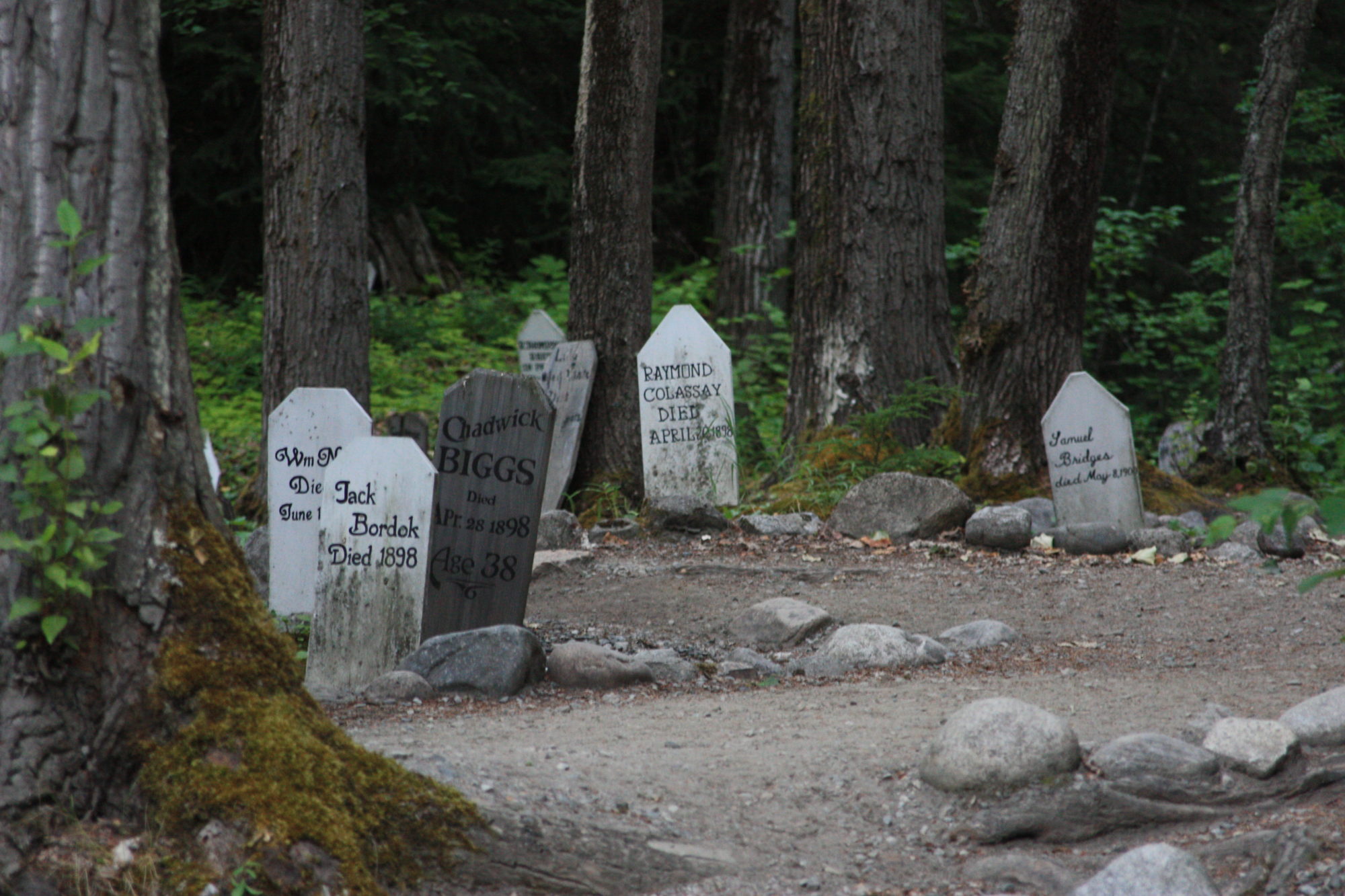
C.S. Moody was born in 1867 in Kirkwood Illinois. He came to Seattle in 1889 to work in banking. He then came to Skagway around 1897 and worked with Hawkins to purchase land for the railroad. He and some investors started the First Bank of Skagway which later went broke in 1899. He was involved in some lawsuits after that. He moved to Washington and started another bank and worked as a special deputy state bank examiner for other banks that went under in 1917.
In his book Alias Soapy Smith, Jeff Smith says that some people believed Moody to be one of Soapy’s “silent partners.” In Seattle, where Moody went in August of 1898, he strongly and emphatically denied the story that he was run out of Skagway by the citizens who thought he was involved with Soapy. He said “All talk detrimental to my reputation was started by my enemies…” (Seattle Post-Intelligencer 08/05/1898, p. 6)
Still, there was no money or gold from Soapy’s estate when his wife Mary came to Skagway to claim his effects. Certainly there was a conspiracy to clean out his estate by some. Perhaps Moody was an innocent that was thrown in with the other clan members. In any event, he returned to Skagway for a short time until the bank went under.
Charles Moody stayed in Washington, married and had a family and died on April 28, 1956.
Klondike Centenial Scrapbook, p.94 ad; Minter; Victoria Daily Colonist 6.6.99;Rootsweb posting; Washington death record.









